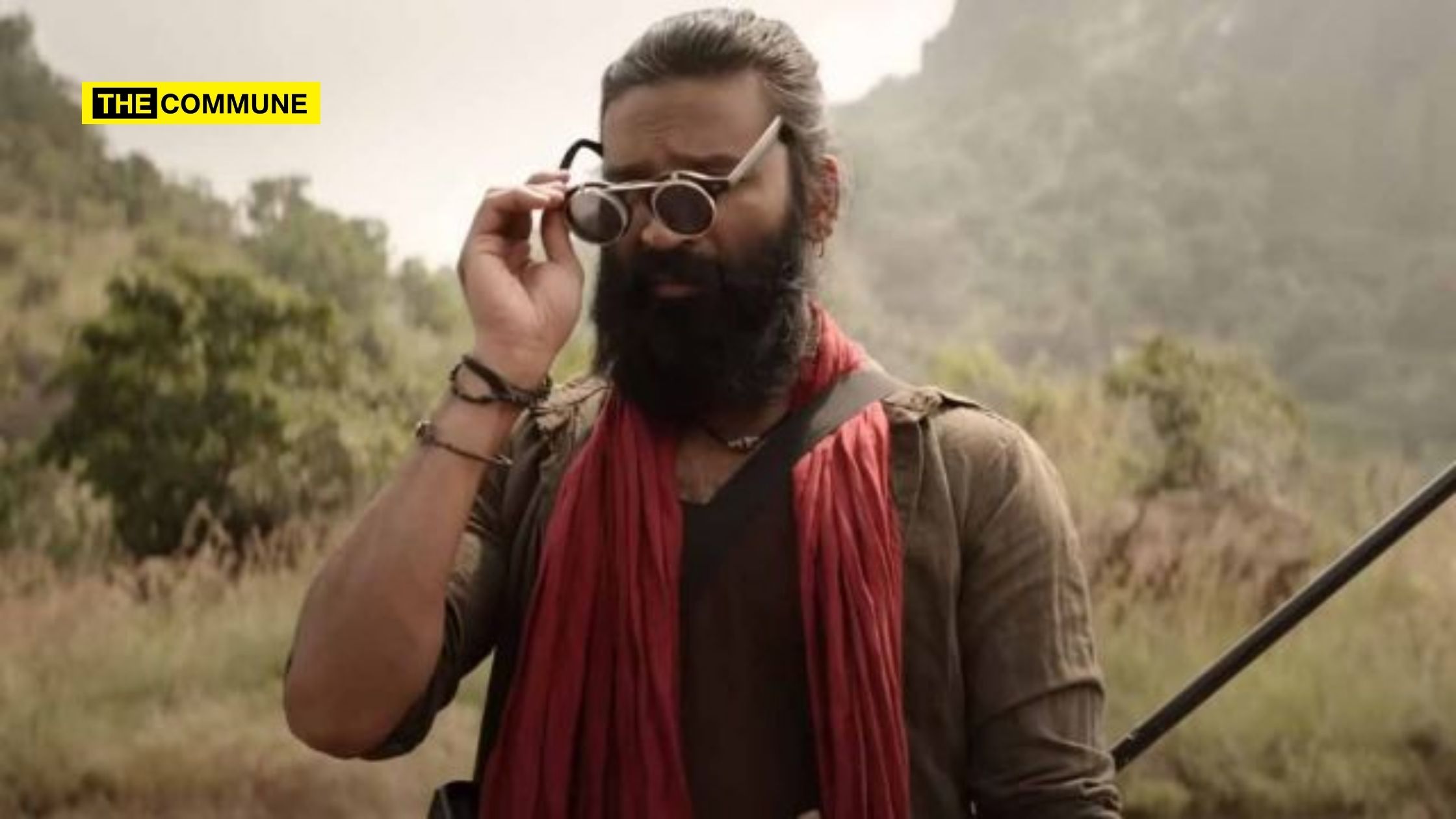
Captain Miller, the latest cinematic venture featuring Dhanush, has been embroiled in controversy since its release, with critics lambasting its plot as insipid and heavily laced with propaganda. Rumors abound that Dhanush was compelled to sign the movie in a desperate bid to finance his lavish 200-crore home in Poes Garden, a prestigious locale a street across his superstar father-in-law actor Rajinikanth’s house. The film also roped in Shivaraj Rajakumar, aiming to leverage his recent success in “Jailer” to bolster its appeal as a big-budget production with A-listers like Priyanka Mohan, Shree, and Aditi Balan in significant roles.
Directed by Arun Matheshwaran, who made his debut as a dialogue writer with “Irudhi Suttru,” directed by Sudha Kongara, also noted for its propagandist undertones in films like “Soorarai Pottru”.
The story begins with a lower-caste protagonist, Dhanush being denied entry into a temple, and escapes wearing a costume but gets caught only to be saved by a princess.
Dhanush’s character, after losing the love of his life (played by Priyanka Mohan), though one-sided, to a Christian communist doctor, joins the East India Company, declaring to his brother, portrayed by Kannada star Shivaraj Rajakumar, that Hindus in his town have only perpetuated caste discrimination. He views the British as harbingers of social justice, forging a new identity and self-respect among the oppressed. Dhanush, or “Miller” as he is rechristened by his British oppressors, embodies the colonial aspiration of renouncing one’s cultural identity, a theme that resonates throughout the film.
However, the movie’s depiction of the British as liberators starkly contradicts historical accounts of their treatment of Indians as inferiors, relegated to menial or clerical jobs despite their qualifications. The film glosses over the exploitation and cultural disdain that characterized the colonial era, presenting a narrative that has been criticized for its one-sided portrayal of historical events.
The antagonists of the film, including the king and his son-in-law (played by renowned actor John Kokken) align with the British, shocked only when a gemstone deity is found and taken by the British. Unbeknownst to them, it was Kanagasabhai, the king’s right hand, shown as a double agent all along, motivated by greed, who gives intel to the British to steal a gemstone idol of presumably a version of lord Shiva mentioned as a different name “Koranaar”. Kanagasabhai’s costumes and speech hint at his Shaivaite and Mudaliar identity hinting at a broader agenda to divide Hindus. The only agenda of the villains seems to be to let the lower castes die and sideline with the British (unlike real-world India where most of the Hindu kings fought for freedom from Britishers and took care of their people).
In the second half, after being banished from the town for killing his brother, Dhanush is shown as a looter who has a change of heart after a chance encounter with his ex-love nurses him back to life. She’s deeply shocked to know that her communist husband is no more. Dhanush, penitent for his actions of supposedly murdering his brother joins the communist regime to kill the Britishers. None of our freedom fighters were socialist or communist. Even Ambedkar was a renowned economist and had no affiliation with communism, an age-old German/English concept started by Karl Marx.
In a pivotal scene, Dhanush opens the temple to villagers seeking refuge from British gunfire, marking a significant moment in the film as it suggests that they had never been allowed entry before. This act, while depicted as heroic, sidesteps the complex realities of temple entry and the nuanced history of caste dynamics in India.
The film’s climax, involving an attempt to enter the sanctum sanctorum of the temple, further muddles its message. The portrayal of this act as vile fails to acknowledge the historical context of temple entry, where restrictions were not universally applied across all castes or periods and overlooks the reforms that have allowed broader access to sacred spaces.
Captain Miller attempts to tackle themes of caste, colonialism, and identity but does so with a heavy hand of propaganda, simplifying and skewing historical realities. By presenting a one-dimensional narrative, the film misses an opportunity to engage with the complexities of India’s past, offering instead a contentious portrayal that has divided audiences and critics alike.
In conclusion, Captain Miller serves as a reminder of the delicate balance required when cinema intersects with history and social commentary. While it seeks to illuminate the injustices of the past, its execution leaves much to be desired, raising questions about the responsibility of filmmakers in representing historical truths and the potential impact of their narratives on contemporary discussions of identity and justice.
Sruti is a University student whose work has been featured in student newspapers and lifestyle magazines.
Subscribe to our channels on Telegram, WhatsApp, and Instagram and get the best stories of the day delivered to you personally.




